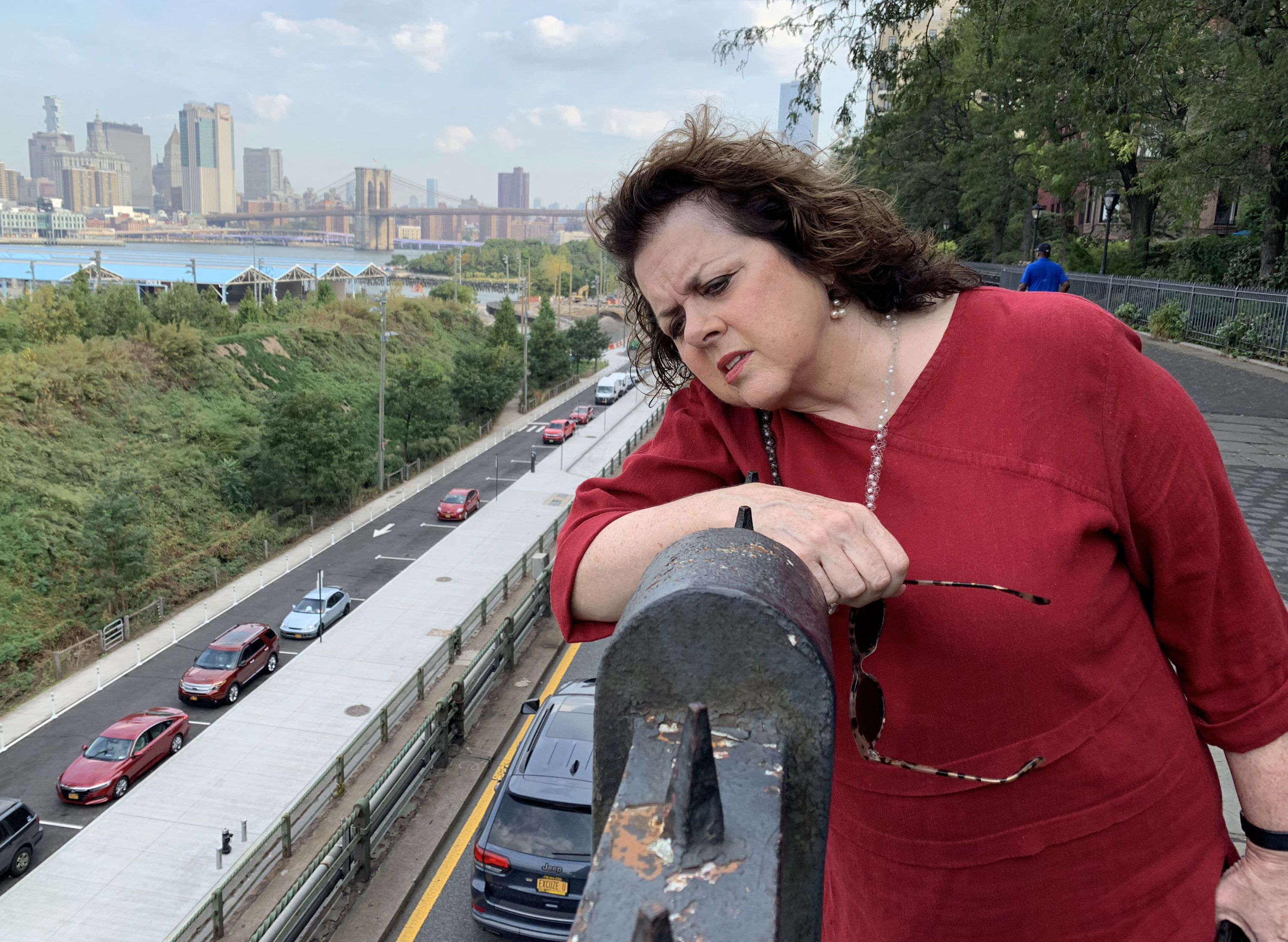BQE pollution must be studied before rehab, expert says

A global health expert is urging officials to fund a BQE air pollution study before the city’s Department of Transportation decides on a plan to rebuild a 1.5-mile section of the rapidly deteriorating highway running next to Brooklyn Heights.
Scientists at Columbia University have been unable to raise the minimum of $100,000 needed for the study, however.
Laurie Garrett, a former senior fellow for Global Health at the Council on Foreign Relations, believes the Brooklyn Heights Promenade’s overhang has been shielding the neighborhood from the worst of the emissions emanating from the 153,000 vehicles a day traveling along the BQE. If the DOT’s plan goes through, the promenade would be torn down.

Brooklyn Boro
View MoreNew York City’s most populous borough, Brooklyn, is home to nearly 2.6 million residents. If Brooklyn were an independent city it would be the fourth largest city in the United States. While Brooklyn has become the epitome of ‘cool and hip’ in recent years, for those that were born here, raised families here and improved communities over the years, Brooklyn has never been ‘uncool’.